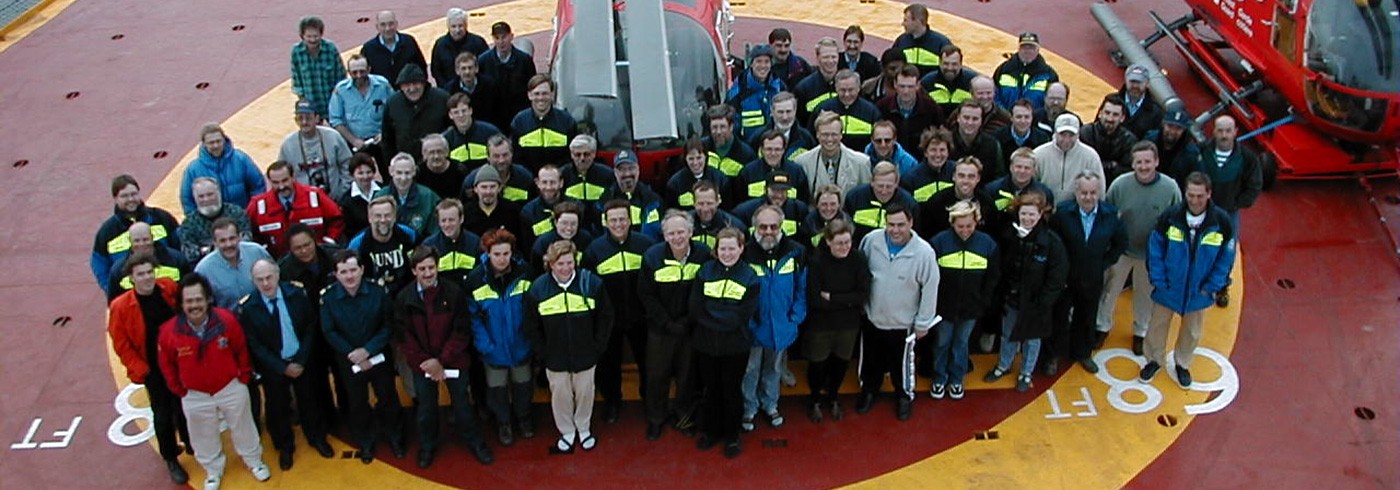Tundra Northwest 1999 (TNW 99) was a ship based research expedition to the Canadian Arctic archipelago and Alaska. The first leg started out from Gothenburg, Sweden, and after changing some members of the scientific crew in north-western Canada, the icebreaker Louis S. St-Laurent turned back eastwards for the second leg.
This was the second Swedish expedition to the Arctic focusing on the tundra’s ecology. In 1994, the Swedish-Russian Tundra Ecology-Expedition was carried out along the entire Russian Arctic coast. A ship was used as a mobile base from which researchers were put ashore by helicopters and boats; this was a new concept in ecological field research. On each of the two TNW 99 legs, some ten study sites were visited. This provided unique opportunities to study the dynamics and variation of the tundra ecosystems over a large area during one growing season.
The scientific programme comprised both terrestrial and aquatic organisms. The field work involved extensive programmes for collecting data and samples along two gradients:
- In a south-north direction, from Low Arctic cottongrass tundra to High Arctic semi-desert, with a marked decrease in temperature towards the north.
- Along an east-west gradient from Baffin Island to Alaska, crossing an important biogeographic boundary (the Mackenzie River outlet), the variations in organism distributions were studied.
The research was performed within these thematic groups
Theme A: Interactions between plants, herbivores, and predators
Theme B: Biodiversity in the Arctic tundra
Theme C: Migratory birds in the Arctic environment
Theme D: Freshwater ecosystems in the High Arctic

